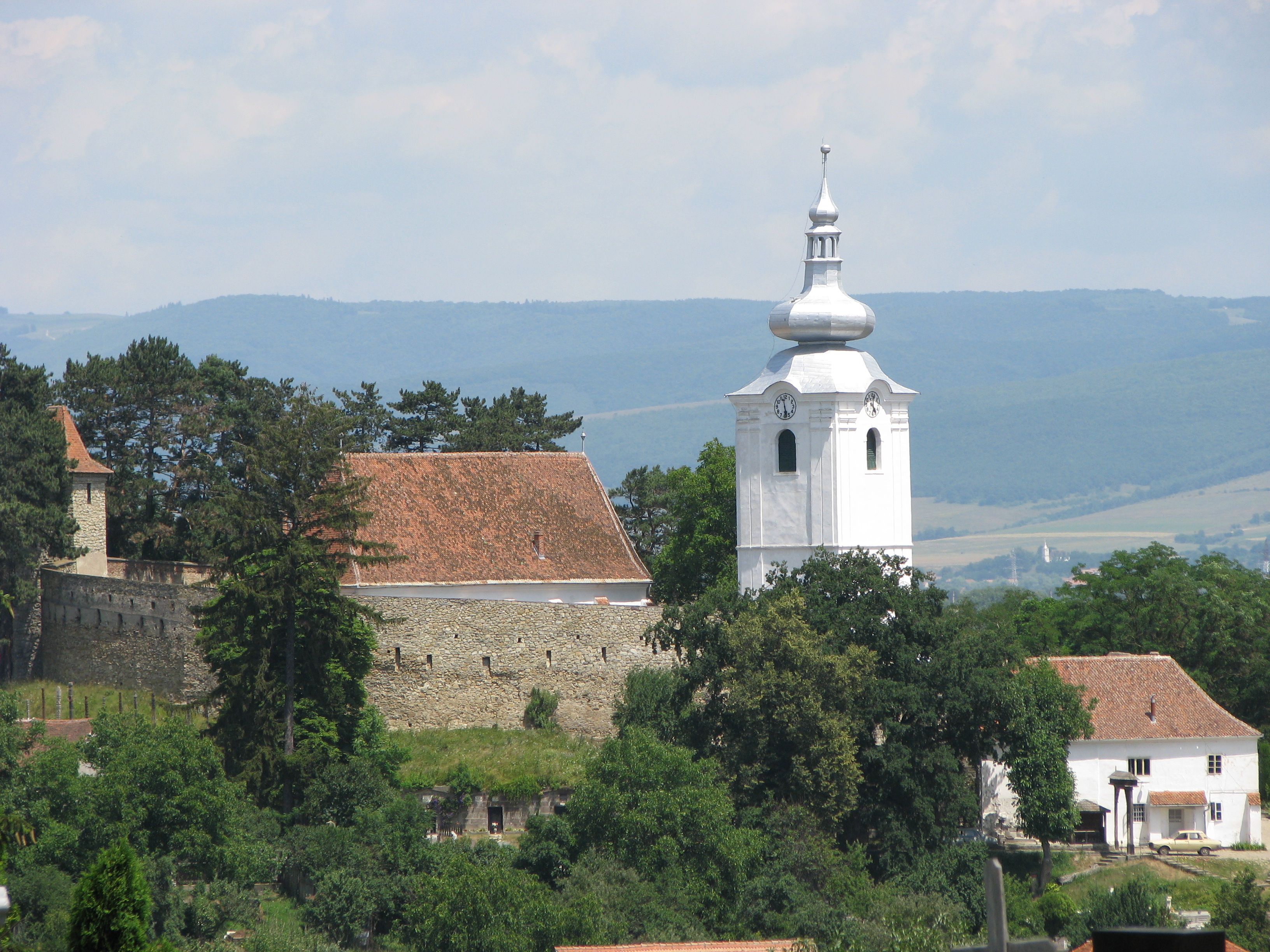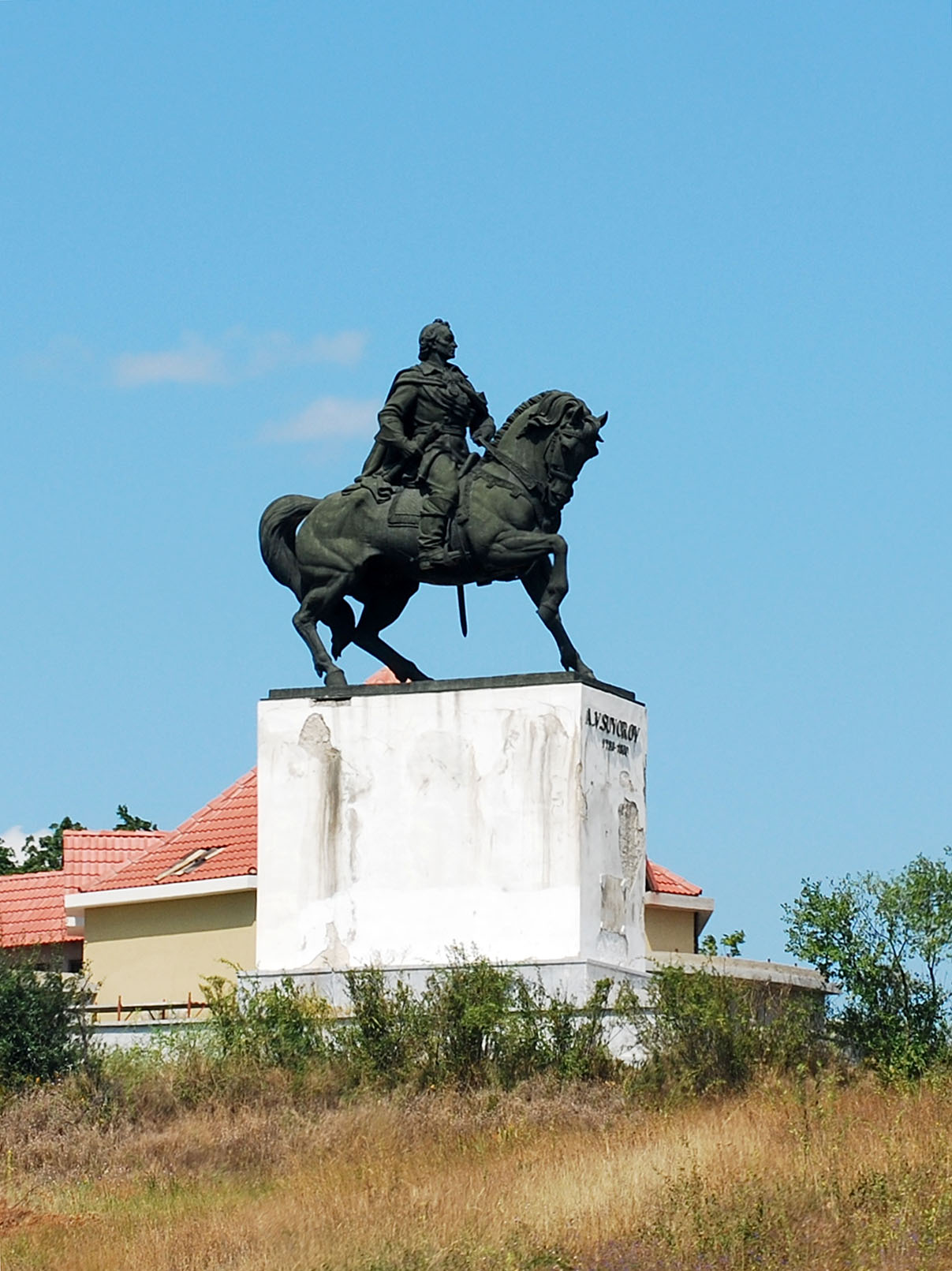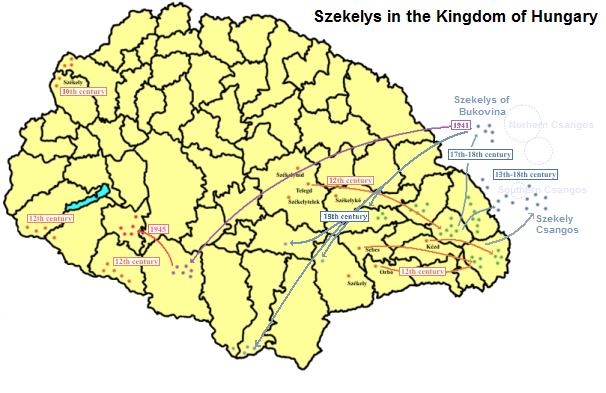|
Covasna County
Covasna County (, , ) is a county (județ) of Romania, in eastern Transylvania, with the county seat at Sfântu Gheorghe. Demographics In 2011, it had a population of 210,177, making it the second least populous of Romania's 41 counties and the population density was . In 2002 the ethnic composition of the county was as follows: * Hungarians in Romania, Hungarians – 73.58% (or 164,158) * Romanians – 23.28% (or 51,790) * Romani people in Romania, Romani – 2.68% (or 5,973) According to the 2011 Romanian census, 2011 census, the composition of the county was: * Hungarians in Romania, Hungarians – 73.74% (or 150,468) * Romanians – 22.02% (or 45,021) * Romani people in Romania, Romani – 4.05% (or 8,267) * Minorities of Romania, Others – 0.19% According to the 2021 Romanian census, 2021 census, the composition of the county was: * Hungarians in Romania, Hungarians – 71.77% (or 133,444) * Romanians – 22.99% (or 42,752) * Romani people in Romania, Romani – 5.11% ... [...More Info...] [...Related Items...] OR: [Wikipedia] [Google] [Baidu] |
Counties Of Romania
A total of 41 counties (), along with the municipality of Bucharest, constitute the official administrative divisions of Romania. They represent the country's NUTS-3 (Nomenclature of Territorial Units for Statistics – Level 3) statistical subdivisions within the European Union and each of them serves as the local level of government within its borders. Most counties are named after a major river, while some are named after notable cities within them, such as the county seat. The earliest organization into ''județe'' of the Principalities of Wallachia and Moldavia (where they were termed ''ținuturi'') dates back to at least the late 14th century. For most of the time since modern Romania was formed in 1859, the administrative division system has been similar to that of the French departments. The system has since changed several times and the number of counties has varied over time, from the 71 ''județe'' that existed before World War II to only 39 after 1968. The curr ... [...More Info...] [...Related Items...] OR: [Wikipedia] [Google] [Baidu] |
Hungarians In Romania
The Hungarian minority of Romania (, ; ) is the largest Minorities of Romania, ethnic minority in Romania. As per the 2021 Romanian census, 1,002,151 people (6% of respondents) declared themselves Hungarian, while 1,038,806 people (6.3% of respondents) stated that Hungarian language, Hungarian was their mother tongue. Most Hungarians, ethnic Hungarians of Romania live in areas that were parts of Hungary before the Treaty of Trianon of 1920. Encompassed in a region known as Transylvania, the most prominent of these areas is known generally as Székely Land (; ), where Hungarians comprise the majority of the population. Transylvania, in the larger sense, also includes the historic regions of Banat, Crișana and Maramureș. There are forty-one counties of Romania; Hungarians form a large majority of the population in the counties of Harghita County, Harghita (85.21%) and Covasna County, Covasna (73.74%), and a large percentage in Mureș County, Mureș (38.09%), Satu Mare Count ... [...More Info...] [...Related Items...] OR: [Wikipedia] [Google] [Baidu] |
Brașov County
Brașov County () is a county (județ) of Transylvania, Romania. Its capital city is Brașov. The county incorporates within its boundaries most of the Medieval "lands" (''țări'') Burzenland and Făgăraș. Name In Hungarian language, Hungarian, it is known as ''Brassó megye'', and in German language, German as ''Kreis Kronstadt''. Under Austria-Hungary, a county with an identical name (Brassó County, ) was created in 1876, covering a smaller area. Demographics At the 2011 Romanian census, 2011 census, the county had a population of 549,217 and the population density was . * Romanians – 87.4% * Hungarians in Romania, Hungarians – 7.77% * Romani people in Romania, Romas – 3.5% * Germans of Romania, Germans (Transylvanian Saxons) – 0.65% At the 2021 Romanian census, 2021 census, Brașov County had a population of 546,615 and the population density was . * Romanians – 88.33% * Hungarians in Romania, Hungarians – 5,98% * Romani people in Romania, Romas – 4.98% ... [...More Info...] [...Related Items...] OR: [Wikipedia] [Google] [Baidu] |
Bacău County
Bacău County () is a county (județ) of Romania, in Western Moldavia, with its capital city at Bacău. It has one commune, Ghimeș-Făget, in Transylvania. Geography This county has a total area of . In the western part of the county there are mountains from the Divisions of the Carpathians, Eastern Carpathian group. Here, along the valleys of the Oituz (river), Oituz River and Trotuș, Trotuș River, there are two important links between Moldavia and Transylvania. On the East side, the heights decrease and the lowest point can be found on the Siret River valley which crosses the county from North to South down the middle. On the East side there is the Moldavian Plateau crossed by many small rivers. Flora and fauna Bears, wolves, foxes, wild boars, and squirrels inhabit Bacău County's mountains, particularly in its rural Slănic-Moldova region; the remnants of the local deer are preserved in Mănăstirea Cașin. Neighbours *Vaslui County in the East. *Harghita County and C ... [...More Info...] [...Related Items...] OR: [Wikipedia] [Google] [Baidu] |
Vrancea County
Vrancea () is a county (județ) in Romania, with its seat at Focșani. It is mostly in the historical region of Moldavia but the southern part, below the Milcov (Siret), Milcov River, is in Muntenia. Demographics At the 2021 Romanian census, 2021 census, the county had a population of 335,312 and a population density of . * Romanians – over 98% * Romani people in Romania, Romani, Minorities of Romania, others – 2%. Geography Vrancea County covers an area of . A curvedly shaped mountainous area, known in Romanian as the ''Sub Carpathians, Carpații de Curbură'', lies in the western part of the county, at the Southern end of the Eastern Carpathians, with heights over . To the East, the heights decrease into hilly areas and the lower valley of the Siret (river), Siret River. The main tributary of the Siret, which crosses the county, is the Putna (Siret), Putna River. A right tributary of the Putna is the Milcov (Siret), Milcov, a river that divides Moldavia from Munteni ... [...More Info...] [...Related Items...] OR: [Wikipedia] [Google] [Baidu] |
Olt (river)
The Olt ( Romanian and Hungarian; ; or ', , ''Alytos'') is a river in Romania. It is long, and its basin area is . It is the longest river flowing exclusively through Romania. Its average discharge at the mouth is . It originates in the Hășmaș Mountains of the eastern Carpathian Mountains, near Bălan, rising close to the headwaters of the river Mureș. The Olt flows through the Romanian counties of Harghita, Covasna, Brașov, Sibiu, Vâlcea, and Olt. The river was known as ''Alutus'' or ''Aluta'' in Roman antiquity. Olt County and the historical province of Oltenia are named after the river. Sfântu Gheorghe, Râmnicu Vâlcea and Slatina are the main cities on the river Olt. The Olt flows into the Danube river near Turnu Măgurele. Settlements The main cities along the river Olt are Miercurea Ciuc, Sfântu Gheorghe, Făgăraș, Râmnicu Vâlcea and Slatina. The Olt passes through the following communes, from source to mouth: Bălan, Sândominic, To ... [...More Info...] [...Related Items...] OR: [Wikipedia] [Google] [Baidu] |
Eastern Carpathians
Divisions of the Carpathians are a categorization of the Carpathian mountains system. Below is a detailed overview of the major subdivisions and ranges of the Carpathian Mountains. The Carpathians are a "subsystem" of a bigger Alps-Himalaya System that stretches from western Europe all the way to southern Asia, and are further divided into "Geologic province, provinces" and "subprovinces". The last level of the division, i.e. the actual mountain ranges and basins, is usually classified as "units". The main divisions are shown in the map on the right. To generalize, there are three major provinces (regions): Western Carpathians, Eastern Carpathians, and the Southern Carpathians. Naming conventions The division is largely (with many exceptions) undisputed at the lowest level (except for the Ukraine, Ukrainian part), but various divisions are given for the higher levels, especially for the penultimate level. A geomorphology, geomorphological division has been used as much as t ... [...More Info...] [...Related Items...] OR: [Wikipedia] [Google] [Baidu] |
Székelys
The Székelys (, Old Hungarian script, Székely runes: ), also referred to as Szeklers, are a Hungarians, Hungarian subgroup living mostly in the Székely Land in Romania. In addition to their native villages in Suceava County in Bukovina, a significant population descending from the Székelys of Bukovina currently lives in Tolna County, Tolna and Baranya County, Baranya counties in Hungary and certain districts of Vojvodina, Serbia. In the Middle Ages, the Székelys played a role in the defense of the Kingdom of Hungary#Middle Ages, Kingdom of Hungary against the Ottoman Empire, Ottomans in their posture as guards of the eastern border. With the Treaty of Trianon of 1920, Transylvania (including the Székely Land) became part of Romania, and the Székely population was a target of Romanianization efforts. In 1952, during the Socialist Republic of Romania, communist rule of Romania, the former counties with the highest concentration of Székely population – Mureș County#His ... [...More Info...] [...Related Items...] OR: [Wikipedia] [Google] [Baidu] |
Harghita County
Harghita County (, and , ) is a county () in the center of Romania, in eastern Transylvania, with the county seat at Miercurea Ciuc. Demographics 2002 census In 2002, Harghita County had a population of 326,222 and a population density of 52/km2. * Hungarians – 84.62% (or 276,038) * Romanians – 14.06% (or 45,870) * Romani – 1.18% (or 3,835) * Others – 0.14% 2011 census In 2011, it had a population of 302,432 and a population density of 46/km2. * Hungarians – 85.21% (or 257,707) * Romanians – 12.96% (or 39,196) * Romani * Others – 1.76% (or 5,326). 2021 census In 2021, it had a population of 291,950, and a population density of 43/km2. * Hungarians – 85.67% (or 232,157) * Romanians – 12.41% (or 33,634) * Romani - 1.82% (or 4,928) * Others – 0.1% (or 282). Harghita county has the highest percentage of Hungarians in Romania, just ahead of Covasna county. The Hungarians form the majority of the population in most of the county's municipal ... [...More Info...] [...Related Items...] OR: [Wikipedia] [Google] [Baidu] |
Hungarians
Hungarians, also known as Magyars, are an Ethnicity, ethnic group native to Hungary (), who share a common Culture of Hungary, culture, Hungarian language, language and History of Hungary, history. They also have a notable presence in former parts of the Kingdom of Hungary. The Hungarian language belongs to the Ugric languages, Ugric branch of the Uralic languages, Uralic language family, alongside the Khanty languages, Khanty and Mansi languages, Mansi languages. There are an estimated 14.5 million ethnic Hungarians and their descendants worldwide, of whom 9.6 million live in today's Hungary. About 2 million Hungarians live in areas that were part of the Kingdom of Hungary before the Treaty of Trianon in 1920 and are now parts of Hungary's seven neighbouring countries, Hungarians in Slovakia, Slovakia, Hungarians in Ukraine, Ukraine, Hungarians in Romania, Romania, Hungarians in Serbia, Serbia, Hungarians of Croatia, Croatia, Prekmurje, Slovenia, and Hungarians in Austria, Aust ... [...More Info...] [...Related Items...] OR: [Wikipedia] [Google] [Baidu] |
2021 Romanian Census
The 2021 Romanian census () was a census held in Romania between 1 February and 31 July 2022, with the reference day for the census data set at 1 December 2021. The census was supposed to be done in 2021, but it was postponed due to the COVID-19 pandemic in Romania in order to avoid census takers from getting infected when coming into contact with ill or quarantined people. It was the first census held in Romania in which data was collected online, something that had support among Romanian youth. The census was divided into three phases: one in which personal data of the Romanian population was collected from various sites; another in which the population was to complete more precise data such as religion, in which town halls would help the natives of rural areas to answer the census; and a third one in which census takers would go to the homes and households of those who did not register their data online. Data for this census was planned not to be collected on paper, but inste ... [...More Info...] [...Related Items...] OR: [Wikipedia] [Google] [Baidu] |
Minorities Of Romania
About 9.3% of Romania's population is represented by minorities (the rest of 77.7% being Romanians), and 13% unknown or undisclosed according to 2021 census. The principal minorities in Romania are Romani people, and Hungarians ( Szeklers, Csangos, and Magyars; especially in Harghita, Covasna, and Mureș counties), with a declining German population (in Timiș, Sibiu, Brașov, or Suceava) and smaller numbers of Poles in Bukovina (Austria-Hungary attracted Polish miners, who settled there from the Kraków region in contemporary Poland during the 19th century), Serbs, Croats, Slovaks and Banat Bulgarians (in Banat), Ukrainians (in Maramureș and Bukovina), Greeks (Brăila, Constanța), Jews (Wallachia, Bucharest), Turks and Tatars (in Constanța), Armenians, Russians (Lipovans, in Tulcea), Afro-Romanians, and others. To this day, minority populations are greatest in Transylvania and the Banat, historical regions situated in the north and west of the country which were fo ... [...More Info...] [...Related Items...] OR: [Wikipedia] [Google] [Baidu] |









